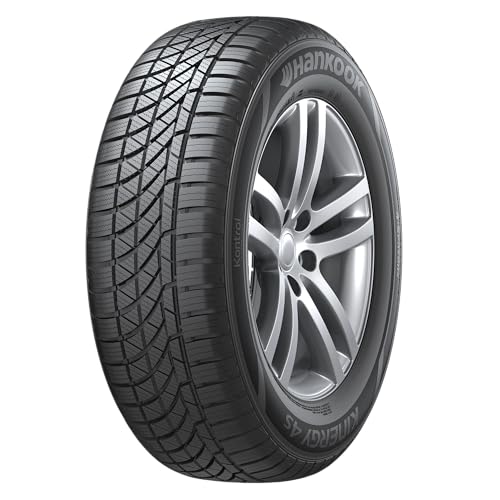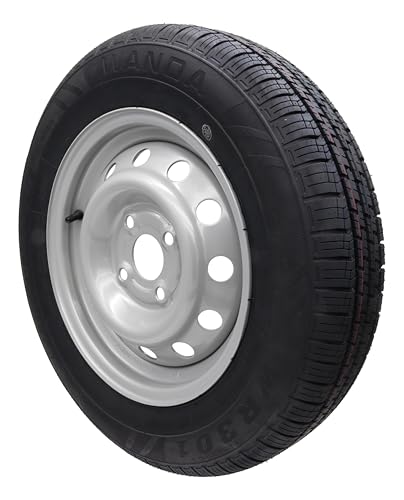Winter Tyres 145/80 R18
Stay safe on the roads this winter with our range of winter tyres in the 145/80 R18 size. Designed to provide superior grip and control in colder temperatures, these tyres are a must-have for any driver facing winter weather conditions. Browse our selection today.
Overview of Our Winter Tyres 145/80 R18
Products are affiliate links to Amazon.co.uk
Winter Tyres 145/80 R18
Introduction
Winter tyres are an essential part of driving in snowy and icy conditions. They provide better traction and handling, reducing the risk of accidents. Winter Tyres 145/80 R18 are specially designed for cars with R18 wheels, providing the best performance in winter conditions.
Benefits of Winter Tyres 145/80 R18
- Improved Traction: Winter tyres have deeper treads, which provide better grip on snow and ice. They also have more sipes or cuts in the tread, which create more edges for the tyre to bite into the snow.
- Better Handling: Winter tyres have a softer compound than summer or all-season tyres, allowing them to remain flexible in colder temperatures. This results in better handling and control on icy and wet roads.
- Shorter Braking Distances: Winter tyres are designed to stop faster on snow and ice. The deeper treads and softer compounds allow the tyre to dig into the snow and create more friction, resulting in shorter braking distances.
- Increased Safety: Winter tyres are designed to provide maximum safety in winter conditions. They reduce the risk of skidding and sliding, providing better control and handling in hazardous conditions.
When to Use Winter Tyres 145/80 R18
Winter tyres should be used when the temperature drops below 7°C (45°F) and when there is snow, ice or slush on the road. They should be mounted on all four wheels for maximum safety and performance. It is recommended to change back to summer or all-season tyres when the temperature consistently stays above 7°C (45°F).
Conclusion
Winter Tyres 145/80 R18 are an investment in safety and performance in winter conditions. They provide increased traction, handling and braking performance, reducing the risk of accidents. They should be used whenever the temperature drops below 7°C (45°F) and when there is snow, ice or slush on the road.










